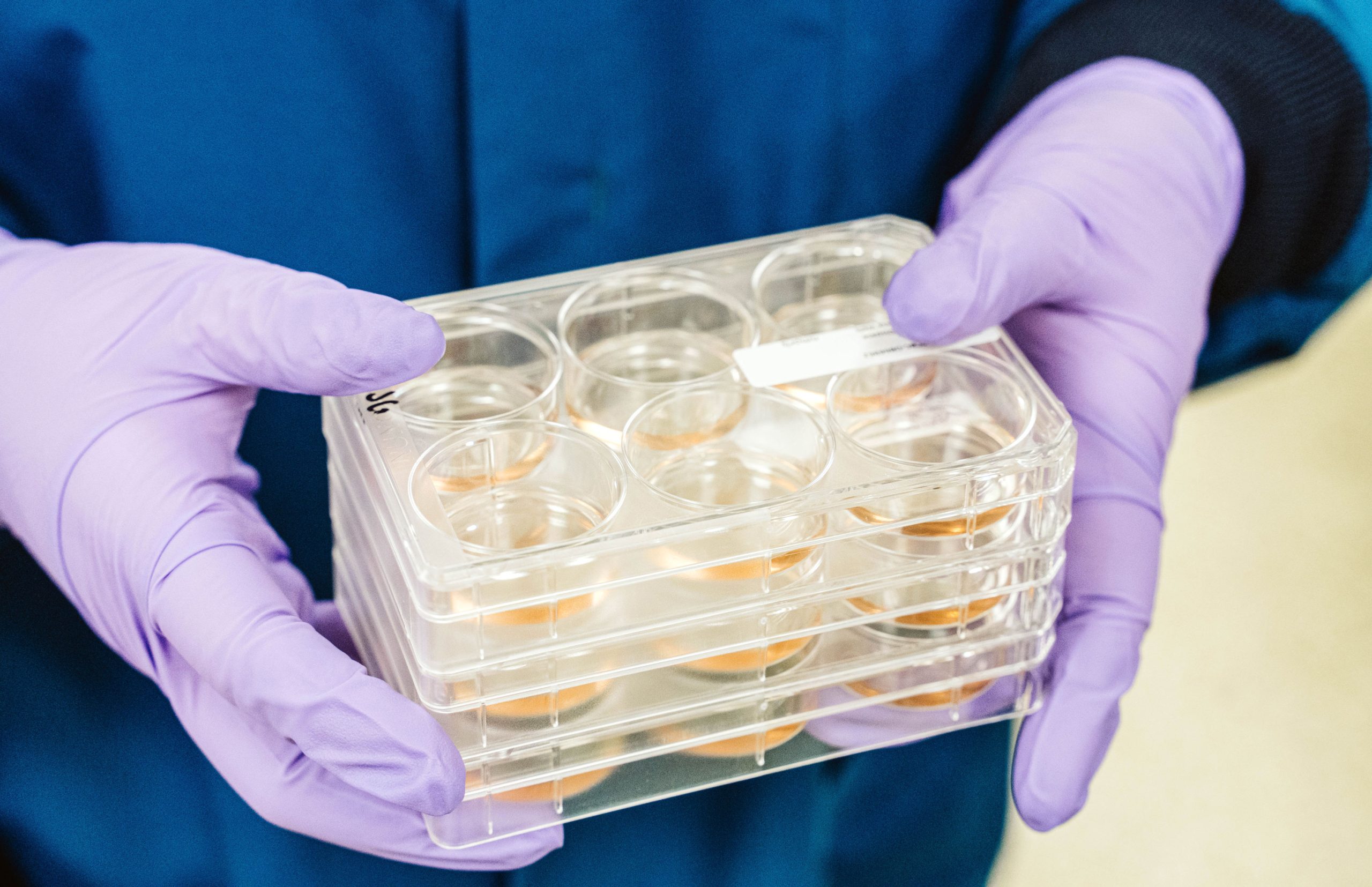NHLBI Next Gen - Insulin resistance syndrome (Dr. Thomas Quertermous, Stanford University)
About Quertermous Lab’s Next Gen Cell Lines
This collection, from Dr. Thomas Quertermous (Stanford University), was generated with the goal of developing iPS cell lines from several hundred individuals, whose insulin sensitivity is known. The focus is on investigating cellular phenotype through whole genome transcriptome sequencing and assays of insulin signaling. The results may then be used to build a knowledge base of information about type 2 diabetes, insulin resistance, and susceptibility to other cardiovascular disease.
The iPSC lines in this collection were banked and characterized by the Icahn School of Medicine at Mount Sinai Stem Cell Core.
This collection contains over 200 cell lines. Individuals giving rise to iPSC lines were from the Genetics of Insulin Sensitivity (GENESIS) consortium. Subjects all reported no disease. Age of donors range from 38-79 years and ethnicities include Caucasian, African American, Asian, Asian/Latino, and Latino.
The publication describing the GENESIS consortium can be found here.
A publication describing the iPSC lines generated and the characterization of gene expression variability as part of the NHLBI NextGen consortium can be found here.
Please also see the steady-state plasma glucose (SSPG) levels for majority of these cell lines.
About the Next Generation Genetic Association Studies (Next Gen) Program
These cell lines were created as Next Generation Genetic Association Studies (Next Gen) Program, which was a five-year, $80 million program to investigate functional genetic variation in humans by assessing cellular profiles that are surrogates for disease phenotypes. To achieve this, researchers from multiple institutions across the U.S. were awarded grants to derive iPS cell lines from more than 1,500 individuals representing various conditions as well as healthy controls for use in functional genomic (‘disease in a dish’) research. This extensive panel includes a diverse set of age, gender and ethnic backgrounds, and therefore will be an invaluable tool for evaluations across demographics. Further enhancing the utility of these cell lines are data sets such as phenotyping, GWAS, genome sequencing, gene expression and -omics analyses (e.g., lipidomic, proteomic, methylomic) that will be made available with the cell lines.
Showing 1–16 of 255 results
Cell Line | Cell Line Alias | Cell Type | Disease | Genetic Alteration/Mutation | Sex | Age at Collection | Ethnicity | Genetically Related Cell Lines | dbGaP Data |
|---|---|---|---|---|---|---|---|---|---|
ISMMS 004i C1 | Human iPS | None reported | Male | 68 Years | Caucasian | No | Yes | ||
ISMMS 004i C2 | Human iPS | None reported | Male | 68 Years | Caucasian | No | Yes | ||
ISMMS 018i C2 | Human iPS | None reported | Male | 62 Years | Caucasian | No | Yes | ||
ISMMS 018i C3 | Human iPS | None reported | Male | 62 Years | Caucasian | No | Yes | ||
ISMMS 023i C2 | Human iPS | None reported | Male | 53 Years | Caucasian | No | Yes | ||
ISMMS 023i C3 | Human iPS | None reported | Male | 53 Years | Caucasian | No | Yes | ||
ISMMS 024i C1 | Human iPS | None reported | Male | 54 Years | Caucasian | No | Yes | ||
ISMMS 024i C4 | Human iPS | None reported | Male | 54 Years | Caucasian | No | Yes | ||
ISMMS 041i C1 | Human iPS | None reported | Female | 64 Years | African American | No | Yes | ||
ISMMS 041i C3 | Human iPS | None reported | Female | 64 Years | African American | No | Yes |
